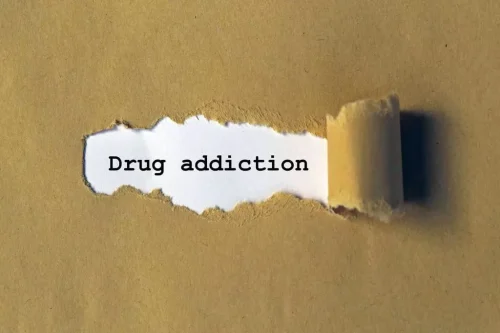
By clicking “Submit,” you certify that you have provided your legal name and phone number, agree to the terms and conditions and privacy policy, and authorize Addictionresource to contact blood thinners and alcohol you. You consent to receive SMS notifications and promotions from Addictionresource. Heavy alcohol drinking while taking clopidogrel can cause ulcers and irritate the stomach.
- The risk of bleeding complications can be significant, particularly if an injury occurs while the blood is thinned.
- If you think you may have a medical emergency, immediately call your physician or dial 911.
- Alcohol abuse can have severe consequences on the cardiovascular system and increase the risk of various health conditions.
- They work by keeping your blood from sticking together in a clump (clotting).
- Granger says that typically warfarin blood thinners are started on a lower dose and increased as necessary, as higher doses also increase the chance of excessive bleeding.
Understanding the Interaction between Alcohol and Blood Thinners

Always seek the advice of your physician or other qualified health provider with any questions you may have regarding a medical condition. If you think you may have a medical emergency, immediately call your physician or dial 911. The effects of alcohol consumption on blood pressure and heart rate can last up to 13 hours after drinking, and its effects on heart rate can last up to 24 hours after drinking. Another reason for the increase in blood pressure and heart rate is how alcohol affects hormones, specifically the stress hormone known as cortisol. Cortisol is released when a person feels physical or psychological stress so that they are prepared for a threat to their well-being. This physiological response primes a person to be alert and ready to act.
Risks and Dangers of Excessive Alcohol Consumption

Binge drinking, or having more than five drinks in a row, also makes getting AFib more likely. Looking to help someone with their alcohol addiction, we have provided some more information for those seeking guidance. Discover effective strategies for alcohol detox, including hydration, nutrient-rich foods, adequate rest, and professional support, to ensure a successful recovery journey.
Blood Thinner Dos and Don’ts
Maintaining a healthy circulatory system goes beyond the influence of alcohol. A well-rounded approach that includes regular exercise, a balanced diet, and avoiding smoking can contribute to optimal circulation. If you or someone you know is struggling with alcohol addiction, seeking professional help is essential. Alcohol consumption has been a subject of interest when it comes to its impact on blood thinning and circulation. Understanding the relationship between alcohol and blood thinning is important for individuals who may be concerned about the potential effects on their health. Yes, you can, but heavy drinking or binge drinking will raise your risk of excessive bleeding.
- Having the restraint to consume only moderate amounts of alcohol may be challenging for some individuals.
- Aspirin, typically available in tablets, in combination with alcohol can increase the risk of stomach bleeding and ulcers, especially if taken regularly or in high doses.
- According to research, having one or two drinks infrequently is considered safe.
- In the United States, two to three million people will need to take blood-thinning medications, according to the National Blood Clot Alliance (NBCA), in Rockville, Maryland.
New research has found that moderate consumption, meaning one or two drinks per day, can decrease cardiovascular disease risk. While the mechanism behind why this happens is unclear, the theory is that this moderate consumption reduces stress reactivity in the brain. For the most part, moderate alcohol consumption is safe for people while taking blood thinners as long as they have no major medical problems and are in overall good health. To ensure accurate and personalized information regarding the effects of alcohol on blood thinning, it is recommended to consult with a healthcare professional. They can provide guidance based on an individual’s specific health condition, medications, and lifestyle factors. You may be prescribed blood thinners for decades or even the rest of your life.
Health Categories to Explore
If left untreated, deep vein thrombosis can lead to a piece of the blood clot breaking off and blocking blood flow in the lungs (also called a pulmonary embolism or PE). Blood thinners are medicines that help keep you from forming blood clots as easily, which keeps your blood flowing smoothly through your veins and arteries. This can help reduce your risk of having a heart attack or stroke if you’re at risk.

Because research suggests that alcohol may thin the blood, people need to avoid consuming any before undergoing surgery. Healthcare professionals treat AUD with medications and behavioral therapies. They may also recommend joining a support group for individuals with AUD. Experts define binge drinking as consuming in excess of four drinks for females or five drinks for males within around 2 hours.
- A common question many people ask is can Xarelto and alcohol be used together?
- And that can lead to some serious stuff, like stroke, heart attack or pulmonary embolism.
- These activities increase your chance of getting an injury that causes you to bleed.
- To get insurance to cover inpatient rehab, thoroughly review your policy, ensure pre-authorization, and use in-network facilities to maximize benefits.
- But if you do drink, don’t have more than one to two drinks at a time.


